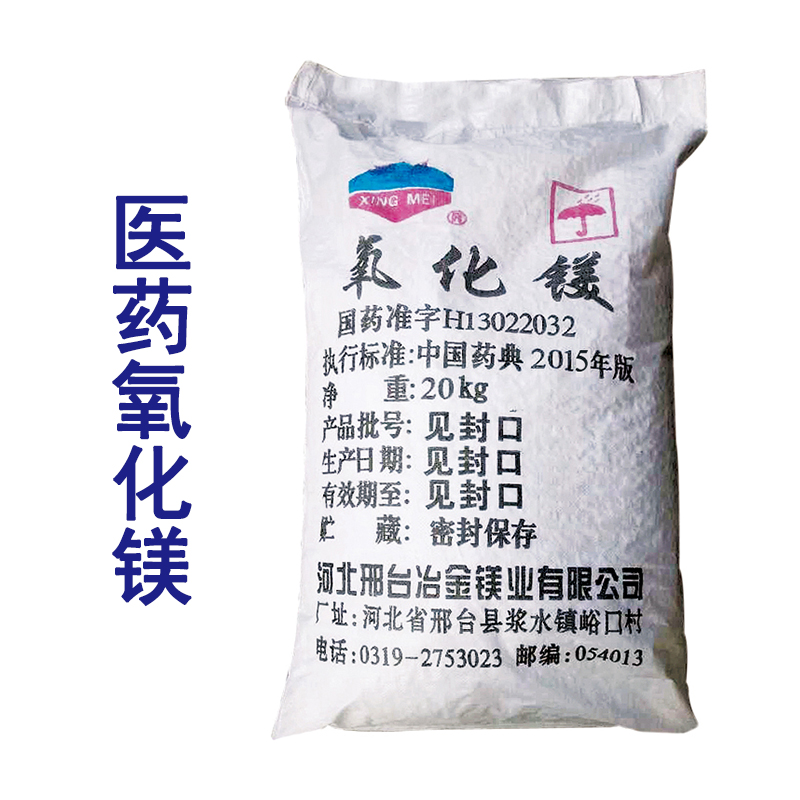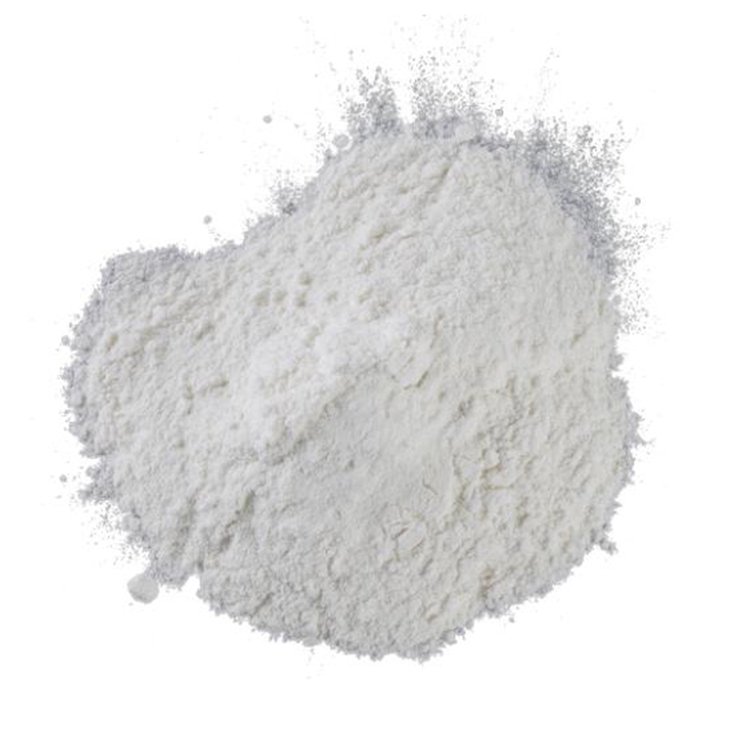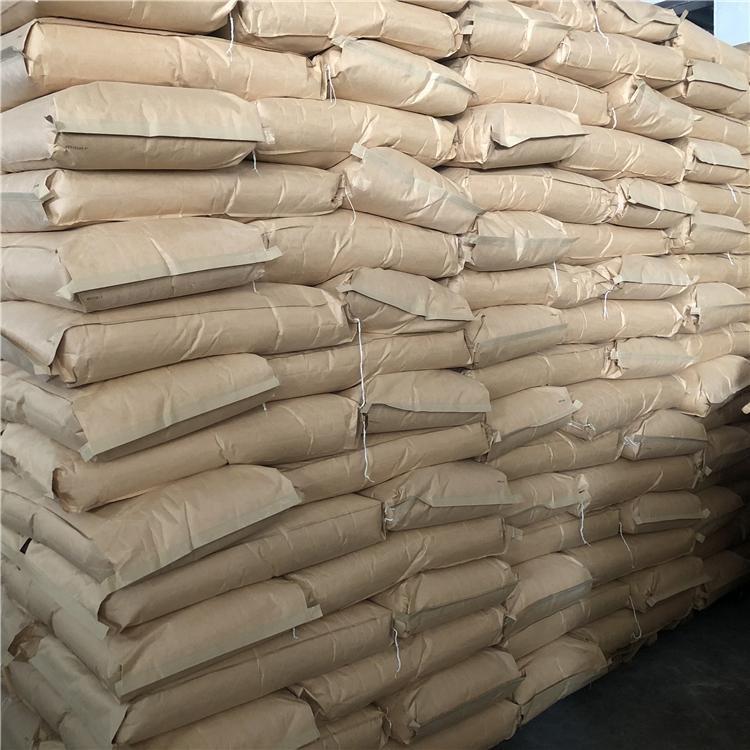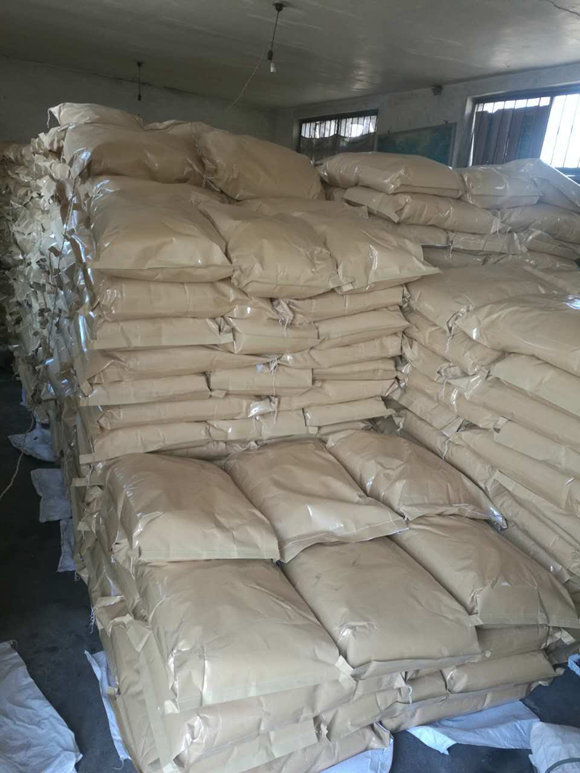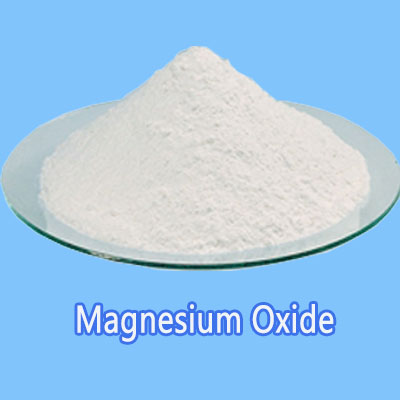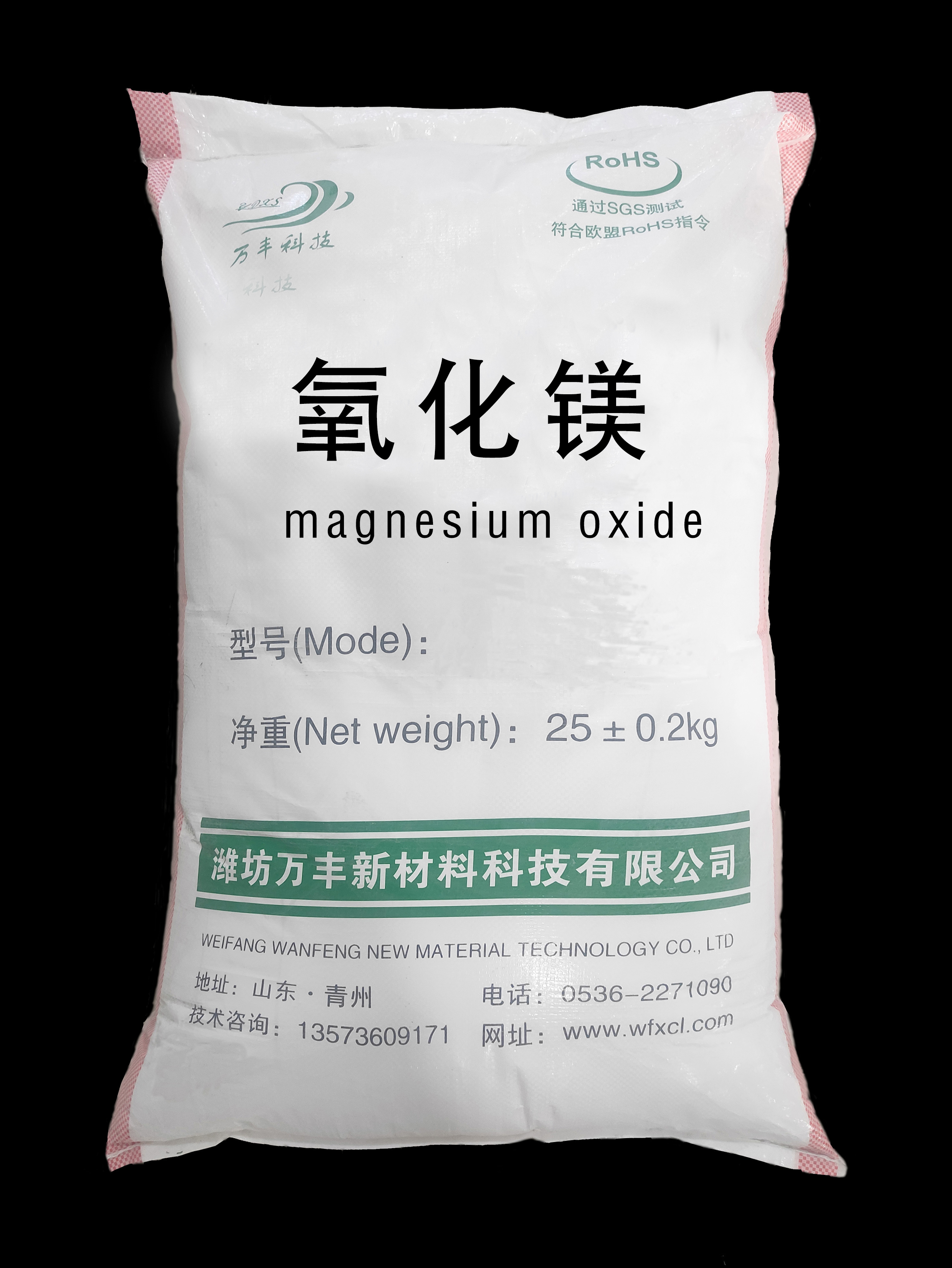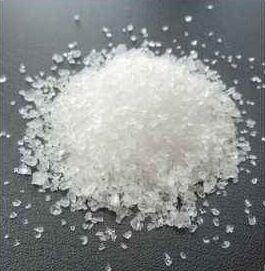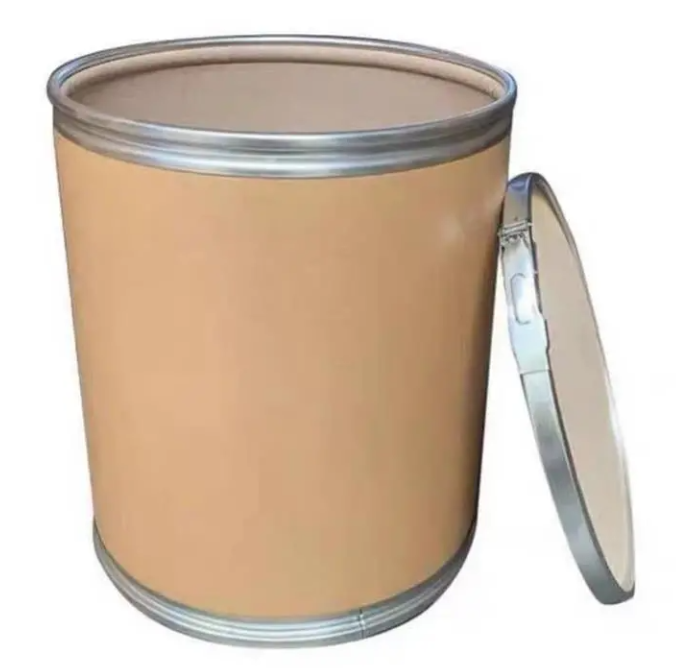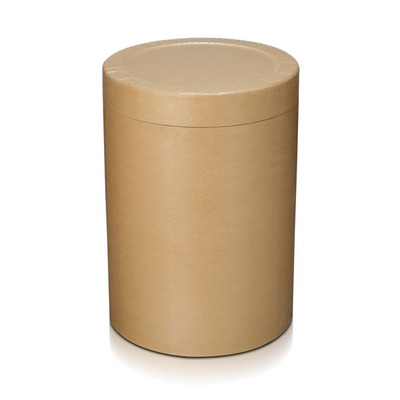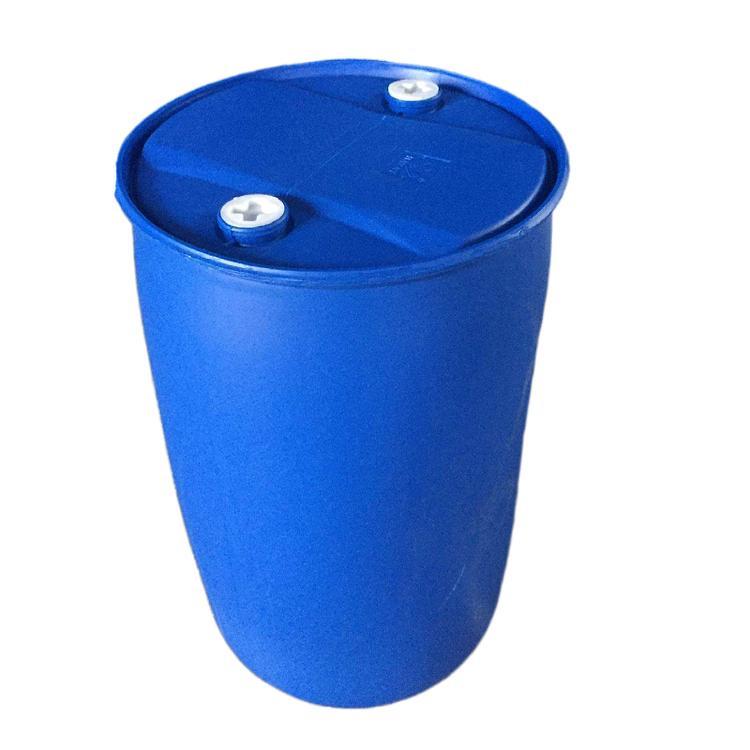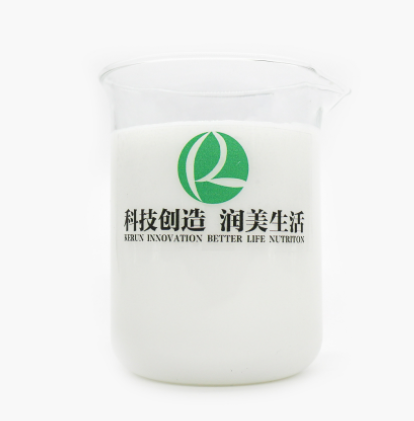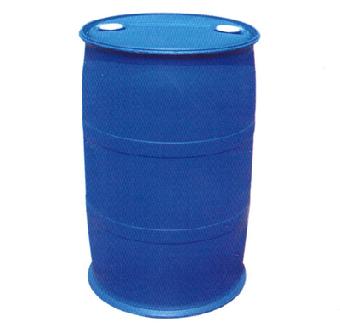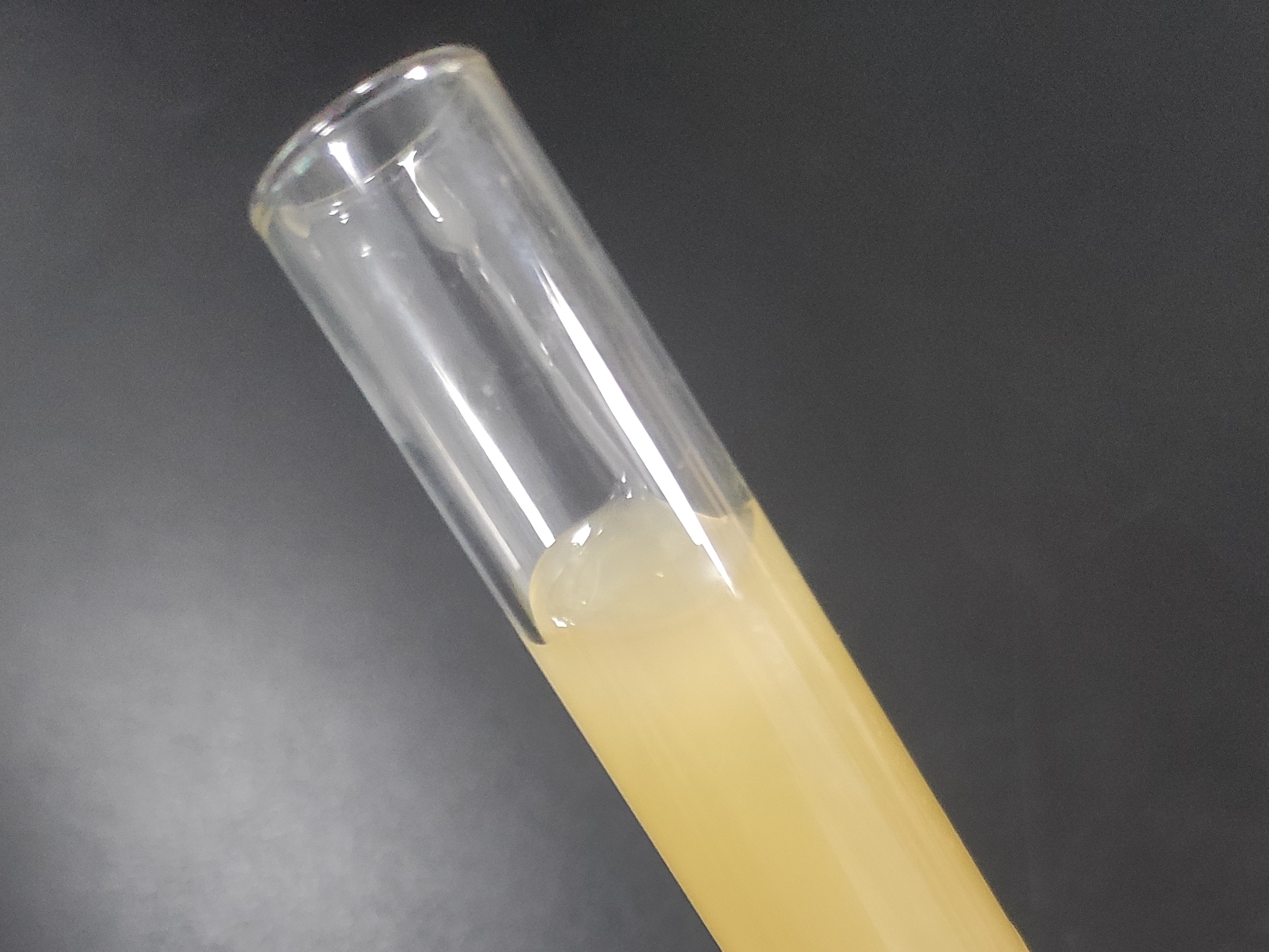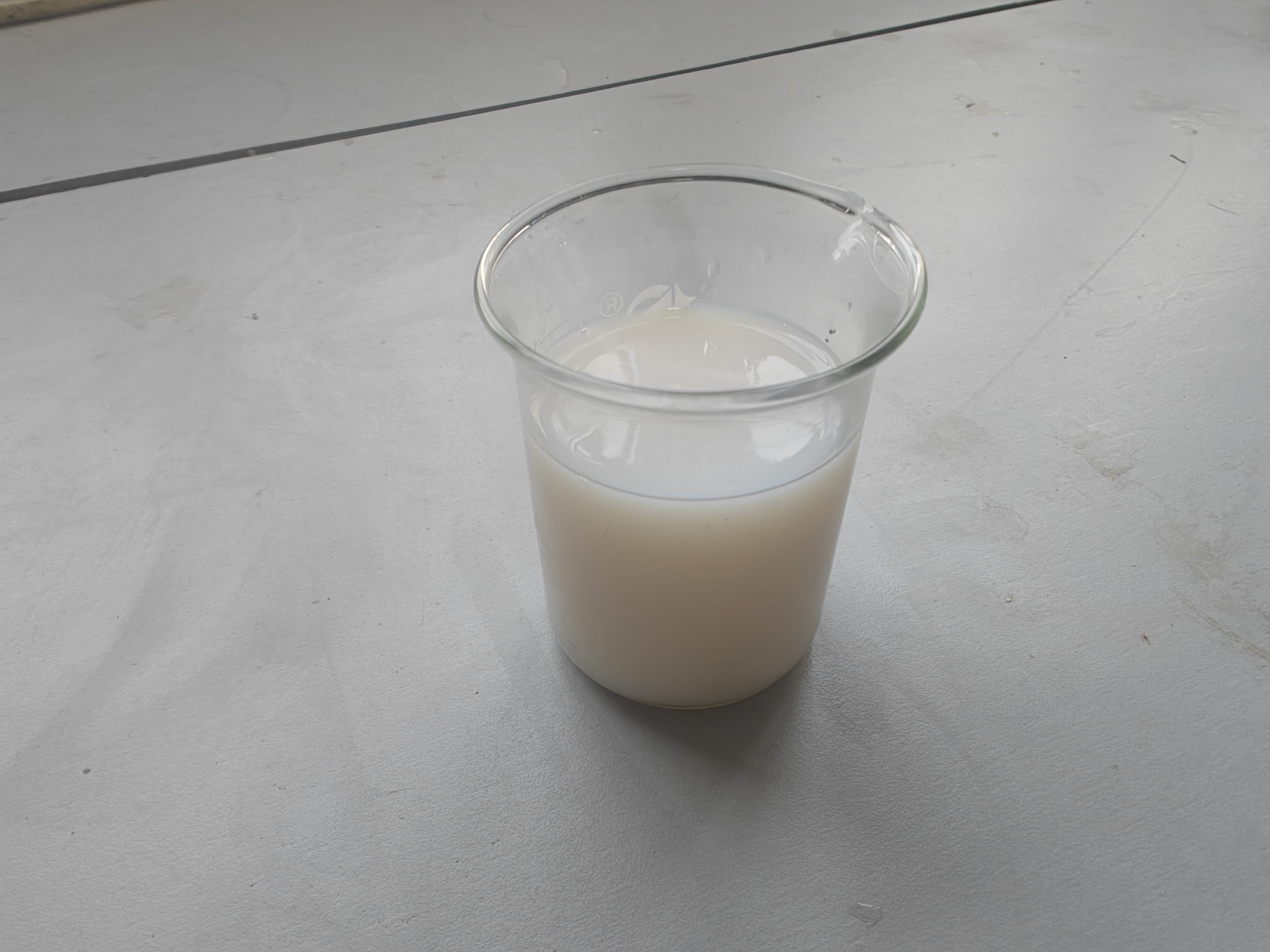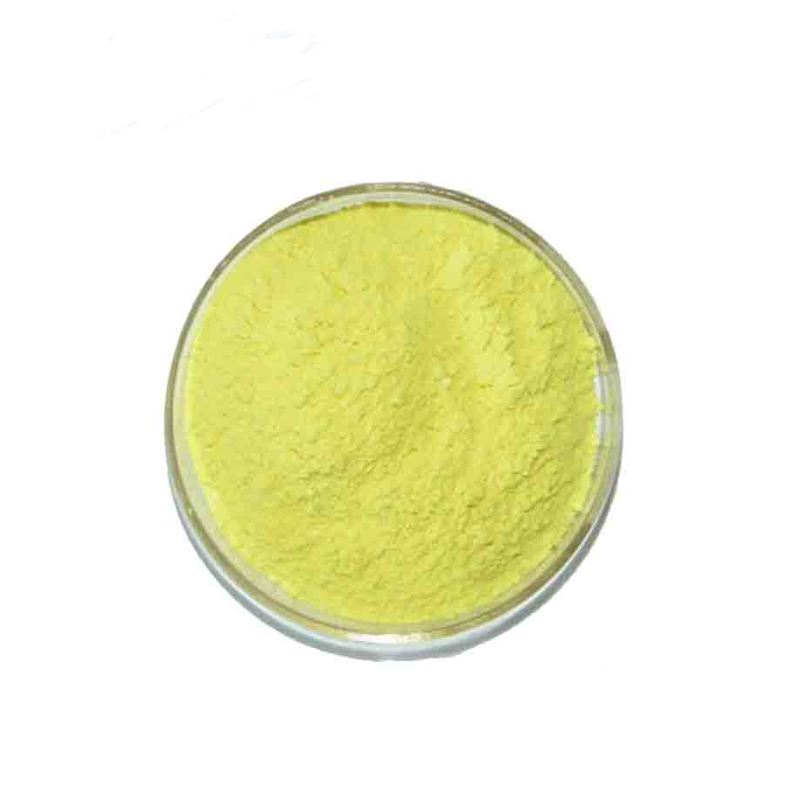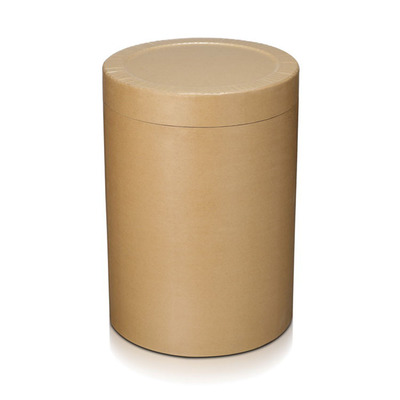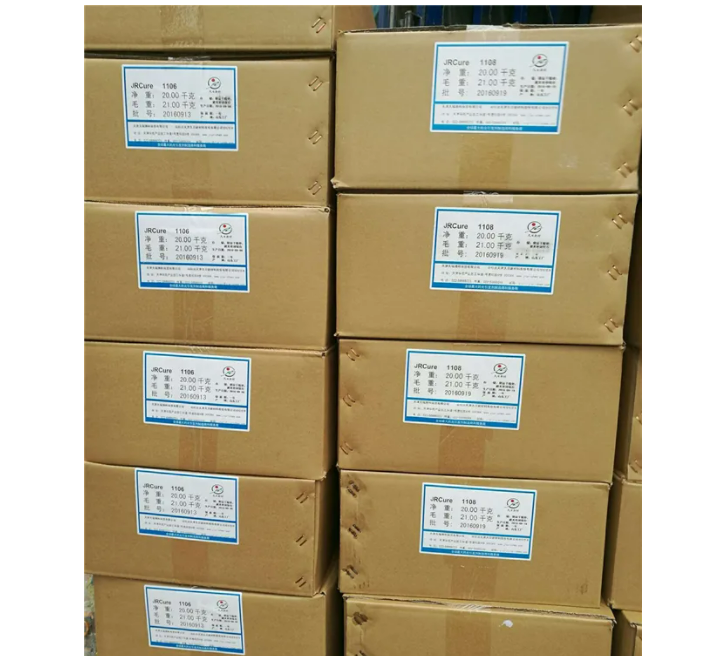Antioxidant
Other Auxiliary Agent
Petroleum Additives
Adsorbent
Water Treatment Chemicals
Rubber Additives
Adhesive Additives
Cross-Linking Agent
Flame Retardants
UV Absorbers
Organic Extractant
Resin Additives
Electronics Chemicals
Pesticide Additives
Building Chemicals
Plastic Additives
Oilfield Chemicals
Adhesive
Plastic Rubber Chemicals
Paper Additives
Molecular Sieve
Coating Additives
Textile Auxiliaries
Fluorescent Brightener
Polyethylene Glycol Derivatives
Coupling
Forest Chemicals
Leather Auxiliary Agents
Beneficiation Agents and Smelting Additives
Dye Auxiliaries
CAS:1309-48-4
Molecular Formula:MgO
Alias
More Information
Magnesia Usta; Magnesium Monoxide; Magnesium Oxalate; Oxalic Acid Magnesium; mgo Substrate;
Brief Introduction
It can be used to manufacture ceramics, enamel, refractory crucible and refractory brick, and can also be used as polishing agent, adhesive, filler of paint and paper, accelerator and activator of neoprene and fluororubber. After mixing with magnesium chloride and other solutions, magnesium oxide cement can be prepared. In medicine, it is used as antacid and laxative, for excessive gastric acid, gastric and duodenal ulcer, and also for glass, dye, phenolic plastics and other industries. Food grade is used as decolorizing agent for refining granulated sugar, pH regulator for ice cream powder, etc.
Suppliers
View More Vendors (6) >
CAS:9003-01-4
Molecular Formula:C3H4O2
Alias
More Information
2-Propenoic Acid, Homopolymer; Poly(Acrylic Acid) Macromolecule; Poly(Acrylic Acid); Propenoic Acid Polymer; Acrylic Resin; PAA; Acrylic Acid Polymer; 2-Propenoic Acid Homopolymer; Carbopol 980 NF; Polymer Acid Acrylic; Polyacrylic Acid (PAA); Acrylic Resins FOR Paint; C10-30 Alkyl Acrylate Crosspolymer; Acrylates/C10-30 Alkyl Acrylate Crosspolymer
Brief Introduction
Polyacrylic acid is a low molecular weight acrylic monomer, which is used in combination with organic phosphonate, organic phosphonate ester and polyphosphate. It has good synergistic effect and has excellent dispersion effect on calcium phosphonate and iron oxide in water. It can operate under alkaline and high concentration multiple conditions without scaling. Polyacrylic acid will not pollute the environment when discharged.
Suppliers
View More Vendors (4) >
CAS:57472-68-1
Molecular Formula:C12H18O5
Alias
More Information
2-Propenoicacid 2-[1-(1-Oxoprop-2-Enoxy) Propan-2-Yloxy] Propylester; N-Lauryl Acrylate; 1-(2-prop-2-Enoyloxypropoxy)Propan-2-yl prop-2-Enoate; 2-Propenoicacid Oxybis(Methyl-2,1-Ethanediyl)Ester; Dipropyleneglycol Diacrylate; Dipropylene Glycol Diacrylate; DPGDA
Brief Introduction
This product is used as active diluent and crosslinking agent in radiation curing system. It can also be used as resin crosslinking agent, plastic and rubber modifier.
Suppliers
View More Vendors (4) >
Alias
More Information
Gelling Agent; Thickener; Reactive Printing Thickener; _|_; Composite Thickener 2800; Chocolate Polishing Agent 2800; Glazing Agent 2800
Brief Introduction
Thickener is an additive that can increase the viscosity of the system, stabilize the physical properties of the system, and has the function of emulsification. In addition to the thickening effect, it is also required to have the ability of moisturizing. Such substances include starch, pectin, agar, gelatin, casein, propylene alginate, etc. Water glass is used in other aspects. This product is not only used in cosmetics and food, but also widely used in rubber, daily necessities, etc. As a kind of food additives, this product can dissolve or disperse in water, increase the viscosity of fluid or semi fluid food, and maintain the relative stability of the system. In food, it is mainly to give the rheological form required by food, change the texture and appearance of food, make liquid and slurry food form a specific form, and make it uniform and stable. It can improve the quality of food, keep food smooth and palatable, and also has the characteristics of water solubility, stability, gel, foaming, stabilizing foam, adhesion, film forming, water holding, flavoring and health care. There are many kinds of thickeners, including thickeners from animals, plants, microorganisms, seaweed gels and other sources.
Suppliers
View More Vendors (4) >
CAS:75980-60-8
Molecular Formula:C22H21O2P
Alias
More Information
Diphenyl-(2,4,6-Trimethylbenzoyl)-Phosphine Oxide; (Diphenylphosphoryl)(Mesityl)Methanone; Phosphine Oxide, Diphenyl(2,4,6-Trimethylbenzoyl)-; Diphenylphosphoryl-(2,4,6-Trimethylphenyl)Methanone; Yf-Pi Tpo; Iht-Pi Tpo; Photosensitizer TPO; Photo Sensitizer TPO; Photoinitiator Jrcure-1108; TPO
Brief Introduction
As photoinitiator, it is mainly used for silk screen printing ink, lithographic printing ink, flexo printing ink and wood coating. TPO can be completely cured on the pigmented surface of white or high titanium dioxide. It is widely used in various coatings. Because of its excellent absorption performance, it is especially suitable for silk screen printing ink, lithography, flexographic ink and wood coating. The coating does not turn yellow, the post polymerization effect is low and there is no residue. It can also be used for transparent coating, especially for products with low odor requirements. When used alone in unsaturated polyester containing styrene system, it has high initiation efficiency. Acrylate systems, especially colored systems, usually need to be combined with amine or acrylamide and other photoinitiators to achieve complete curing of the system, especially for low yellowing, white systems and thick films. When the photoinitiator TPO is used with mob240 or cbp393, the curing efficiency can be improved. It is the best extraction solvent for petroleum aromatics units and is also used as formylation reagent in fine chemical industry.
Suppliers
View More Vendors (3) >
Inquiry (
10
/ 10
)
Clear All
Sign In
Error!

